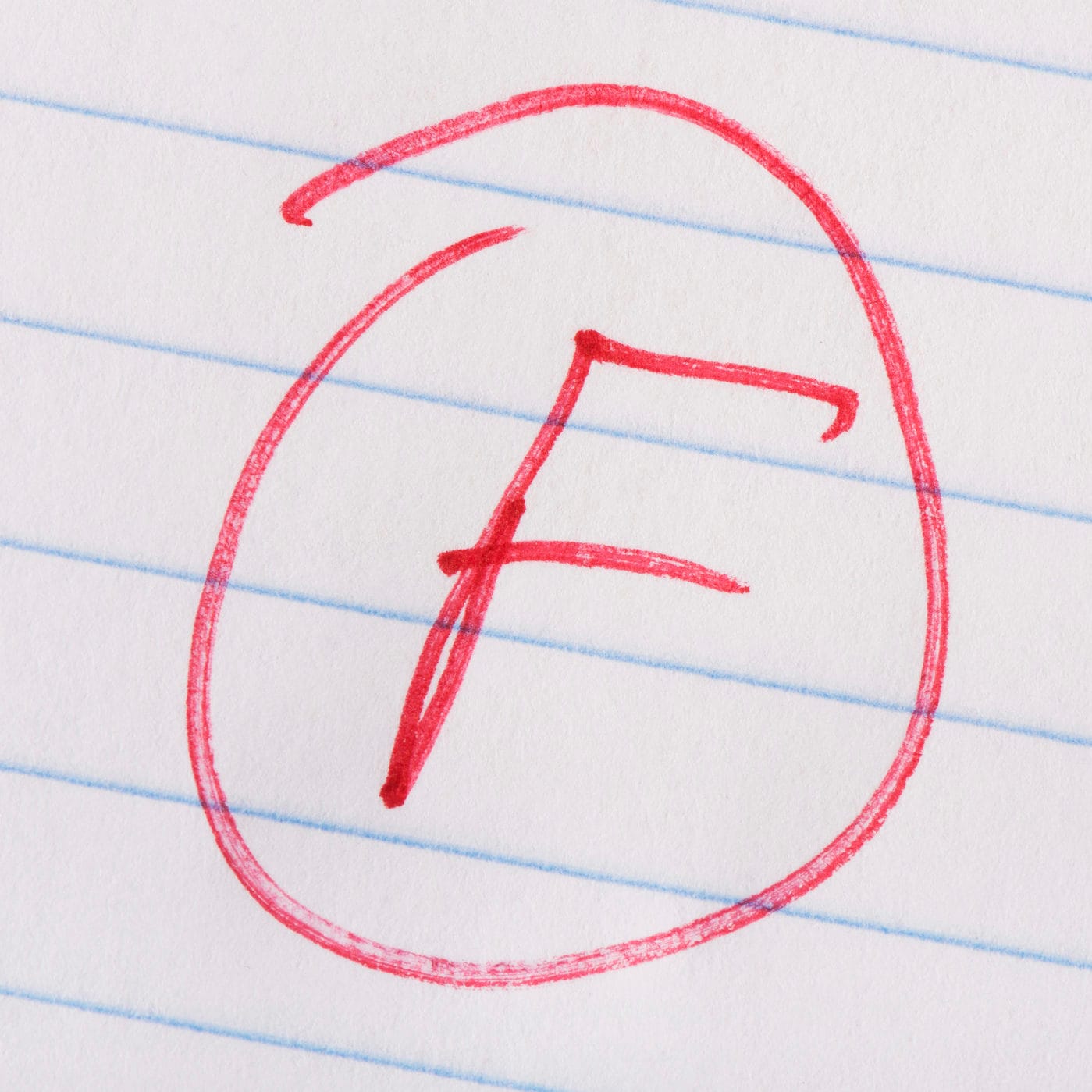Students call for alternative to compulsory “cash cow” tests
🔗 [SYSTEM UPDATE] Link found. Timestamp incremented on 2025-11-26 13:55:13.Angry university students around Australia are calling on the Federal Government to scrap the new Teacher Literacy and Numeracy Test. With the third test to sit in October, some students question why standards are not...


By CAROLINE TUNG
A new mandatory test for graduating teachers has been labelled a “cash cow” by angry students.
The test of numeracy and literacy costs $185 and measures final-year teaching students against the top 30 per cent of the adult population.
A petition started on change.org, which received 365 supporters, called for an alternative to the compulsory tests.
Petition organiser Sydney-based education and arts/education student Alex Penz said it was unfair for students to have to work through a four-year degree and then come to another hurdle just to enter the workforce.

“Either we should not have been allowed entrance into university … or there is no faith in the quality of the degrees teachers are leaving universities with,” she said in a letter to Education and Training Minister Simon Birmingham.
“Students wanting to contribute positively to Australia are being used as cash cows by universities and the government, and this is incredibly demeaning and discouraging,” Ms Penz said.
The new test – Literacy and Numeracy Test for Initial Teacher Education Students - has been mandatory since July 1 and is designed to assess the literacy and numeracy skills of all teacher education students.
University of Canberra senior lecturer in language, literacy and TESL Misty Adoniou said being able to demonstrate basic grammar skills did not necessarily mean an ability to teach literacy in classrooms.
In the first tests, held between May and June, 94.5 per cent of teaching students met the standard for literacy and 93.1 per cent met the for numeracy component, according to results released by Senator Birmingham.
The second compulsory tests were completed early this week, and the next will be sat in October.

Monash University’s deputy dean of education Debbie Corrigan said the national test was based on an international benchmark for adult literacy and numeracy in OECD countries.
“The Government took the view that the population need to have confidence in the competence of teachers,” Ms Corrigan said.
The test, endorsed by education ministers across Australia, measures personal competency in literacy and numeracy among teaching students in order to qualify for a teaching job at any level of education.
Third year Bachelor of Education student at Monash University Asli Dulger said standards should be raised before secondary students entered a teacher education degree.
“They [universities] should focus on trying to attract students with higher ATARs into [education] courses,” Ms Dulger said.
“Teachers are responsible for the future generation. Why is it that so many education degrees have low ATAR standards when teaching is such an important tool for innovation?”
Figures released by the Australian Education Union (AEU) in May found the percentage of students entering teaching degrees with an ATAR of less than 50 almost doubled since 2013, from 7.4 per cent to 14.3 per cent.
According to the AEU, figures from the Federal Education Department showed 1062 students with ATARs below 50 were admitted into a teaching course this year, up from 894 in 2015.
“Entry scores for teaching degrees have dropped steadily over the last decade, and are now significantly lower than for other courses,” AEU federal president Correna Haythorpe said in a statement.
“This is a far cry from the successful school systems like Singapore which recruit teachers from the top 30 per cent of high school graduates,” she said.





